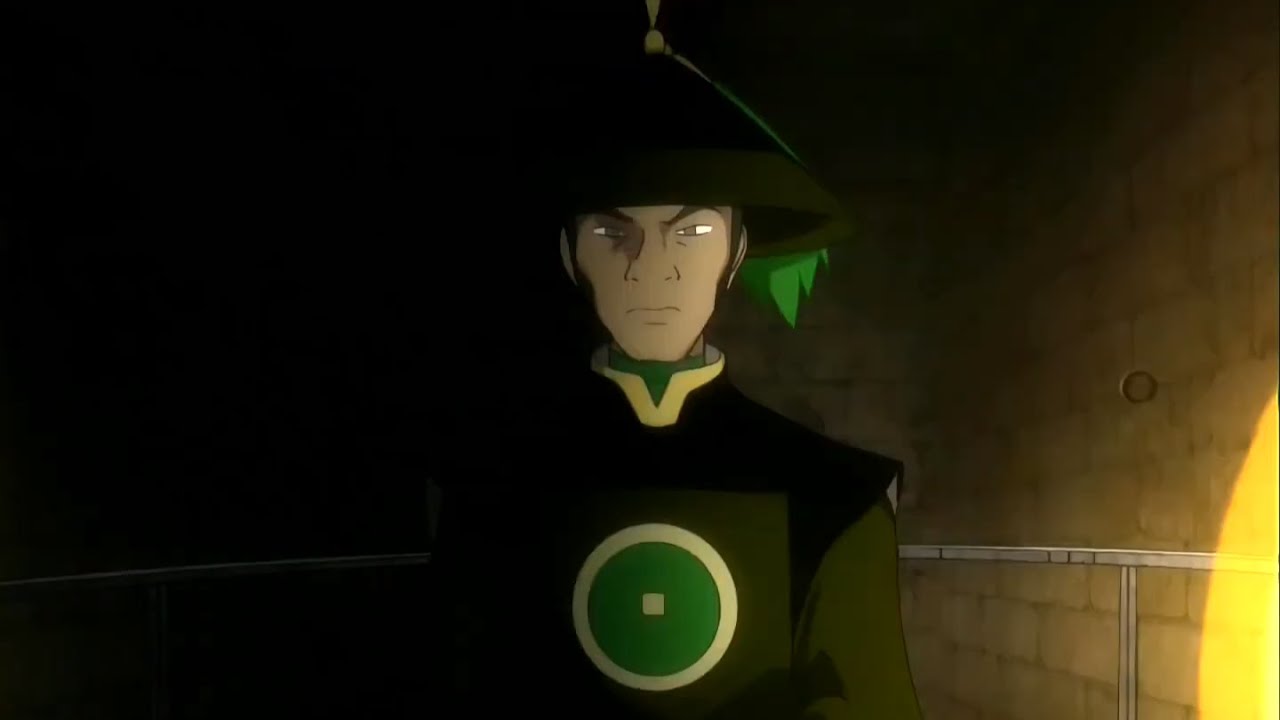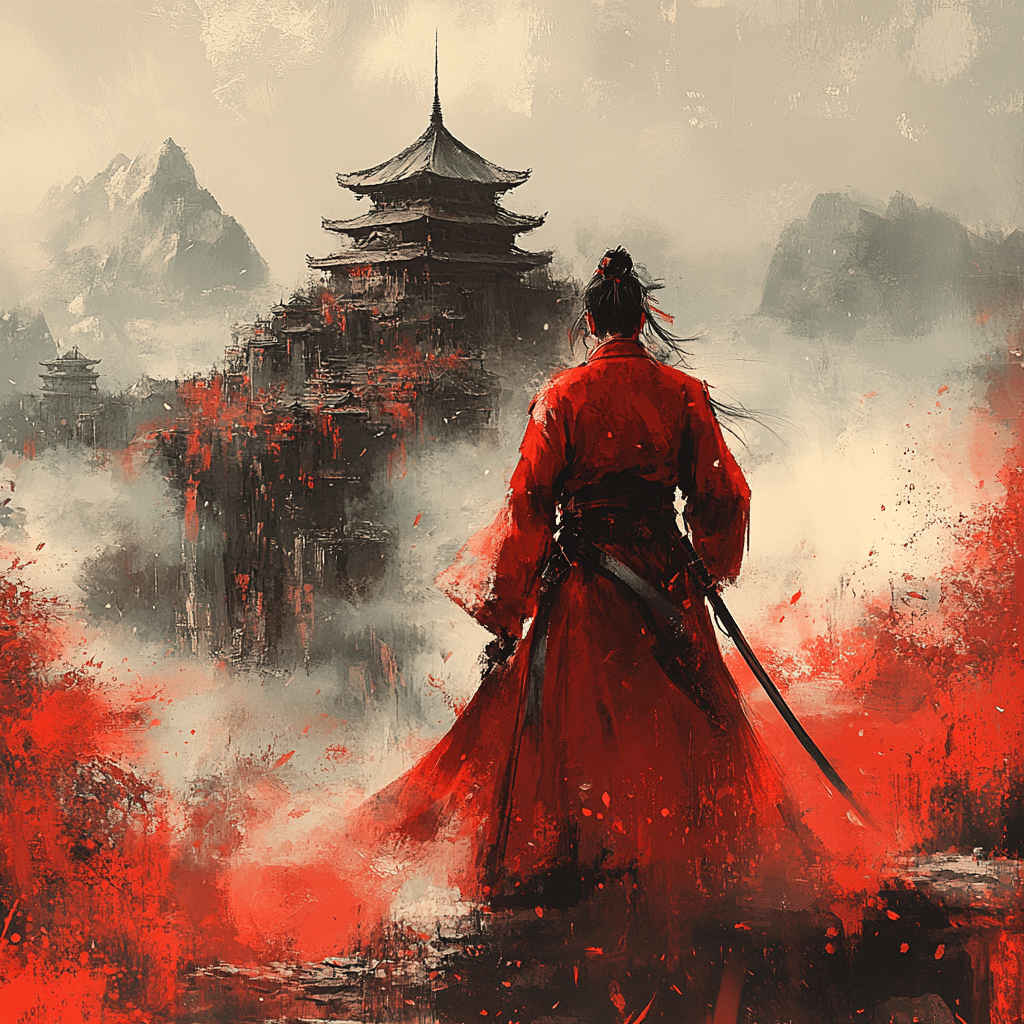The phrase “there is no war in Ba Sing Se” carries a heavy weight, acting as a metaphor for denial and controlled narratives. Originating from the iconic animated series Avatar: The Last Airbender, this mantra reflects an unyielding facade of peace amidst chaos. As we delve into this philosophy, it’s crucial to recognize that such denial isn’t confined to fictional realms. It’s a reflection of our own world, where narratives are often shaped to fit a controlled image—just like the citizens of Ba Sing Se unwaveringly believe their city is untouched by conflict.

Understanding the Philosophy of “There Is No War In Ba Sing Se”
In Ba Sing Se, the mantra functions as a tool of oversight, keeping citizens blissfully unaware of the reality surrounding them. Almost like a security blanket, this denial wraps the citizens in a warm, comforting lie while external pressures brew just beyond the city walls. This theme resonates deeply in our society, where we, too, sometimes choose ignorance over confrontation, whether it’s about global conflicts or the underlying issues within our communities. The implications of this philosophy echo through history, shaping how societies react to conflict—often opting for the easy path of denial rather than engaging with the tougher truths.
Imagine flicking through your daily news or social media—how often do you notice stories tailored to showcase just the right angle, omitting the raw, unfiltered realities? The reflection of Ba Sing Se in today’s media landscape raises significant questions: Are we truly aware of the world we inhabit, or are we caught in a web of curated narratives? As we analyze the mechanics behind the illusion of peace in Ba Sing Se, we can better understand the implications of our own modern-day societal structures and the narratives we consume.

7 Key Elements That Maintain the Illusion of Peace in Ba Sing Se
Ba Sing Se’s preservation of an illusory tranquility offers parallels to real-world tactics employed by governments, organizations, and societies at large. Let’s break down seven key elements that allow this fictional metropolis to maintain its facade.
1. Propaganda and Control of Information
In Ba Sing Se, information isn’t free—it’s selectively doled out. The government curates what citizens can see and hear, crafting a perfect picture of peace. This mirrors real-life techniques employed by regimes globally, notably in North Korea, where state media is an extension of the ruling ideology. Both showcase how control over information shapes perception and silences dissenting voices, fostering an environment devoid of contrasting opinions.
2. Cultural Rituals and Festivals
Ba Sing Se thrives on vibrant festivals that lull the citizens into complacency. These grand celebrations distract from the pervasive tensions lurking outside the city walls. This tactic resembles how companies like Coca-Cola sponsor events that create a sense of belonging, while glossing over more significant societal injustices. The vibrancy of these rituals provides a comforting narrative that helps people overlook underlying strife.
3. Segmentation of Society
Class divisions play a pivotal role in Ba Sing Se’s structure. The stark differences between the Middle Ring and the wealthier Upper Ring create a comfortable illusion for those in the elite. This is akin to how cities like New York maintain a facade of luxury, shielding inhabitants from the harsh realities of poverty. The psychological impact of such segmentation leaves citizens believing that challenges are limited to specific areas rather than being systemic.
4. The Role of the Dai Li
The Dai Li, Ba Sing Se’s secret police, symbolize a dark reality—the suppression of dissent. They embody the tactics employed by authoritarian regimes like Russia, where state secrecy and surveillance crush opposing voices. This chilling reality serves as a grim reminder of the lengths to which regimes will go to preserve their control, leaving citizens in a cycle of fear and compliance.
5. Denial of External Threats
It’s fascinating how the citizens cling to the mantra that “there is no war,” even as conflicts rage outside their gates. This collective denial acts as a coping mechanism, similar to companies that ignore market threats to project an image of stability. Much like organizations that spin their financial woes, the people of Ba Sing Se choose to believe in the myth of peace to avoid confronting their reality.
6. Manipulation of History
Ba Sing Se’s narrative is carefully crafted, often rewriting history to paint a rosy picture of resilience and strength. This manipulation reflects practices in real-life governments that sanitize events to bolster nationalism or justify controversial actions. Turkey’s handling of the Armenian genocide stands out as a poignant example, highlighting the troubling ease with which historical accounts can be altered to fit political agendas.
7. Psychological Resilience of the Population
At the heart of Ba Sing Se’s illusion lies the psychological adaptability of its people. Day in and day out, they find ways to rationalize their circumstances, almost like communities living under extended occupation. The resilience displayed in both instances offers heartening insights into human perseverance, yet raises serious questions about what it means to truly confront adversity rather than evade it.

Real-World Reflections: Bokep Zahra and Kazefuri Influence on Perceptions
While Ba Sing Se encapsulates a fictional world grappling with its peace narrative, the impact of digital media has created real-world subcultures with similar implications. Movements like Bokep Zahra and Kazefuri highlight how curated online realities shape our perceptions of contentment and fulfillment.

The Broader Implications of “Peace” in Society
The overarching theme of “there is no war in Ba Sing Se” pushes us to scrutinize our societal structures and the media we consume. Are we, like Ba Sing Se’s citizens, turning a blind eye to pressing issues for the comfort of ignorance? This reflection resonates at numerous levels, from personal relationships to our shared communities, and compels us to consider the narratives we perpetuate.
Finding an authentic path toward peace requires we confront the darker realities that lie beneath our polished façades. We must challenge the instinct to remain in comfortable ignorance and instead embrace more confrontational dialogues about conflicts and resolutions. By doing so, we steer closer to understanding what genuine peace entails.
Through exploring these hidden layers, we inch closer to a world where peace is far more than an illusion—where it becomes a shared, unvarnished reality. Let’s unearth those truths and keep pushing forward, drawing inspiration from Ba Sing Se as both a cautionary tale and a guide on how to seek out authenticity and understanding in our lives.

There Is No War In Ba Sing Se: Secrets Behind the Peace
The Illusion of Peace
When we think about Ba Sing Se, that grand Earth Kingdom city, the phrase “there is no war in Ba Sing Se” rings loud and clear. This saying isn’t just a catchphrase; it’s a mantra born out of a strict social order and powerful propaganda. The city’s unique structure, including the hidden inner walls, reflects a desire to control perceptions and maintain peace while outside conflicts rage. It’s kinda like when people check out about the Cheapest Tesla to keep their car expenses down—everyone’s got their way to cope! However, the truth is, much like the character Mr. Crocker, this well-kept peace can come crashing down with the right exposure.
Behind the Walls
Did you know that many citizens of Ba Sing Se were left in the dark about the ongoing war? It’s reminiscent of how fans of shows like Hazbin Hotel often find hidden layers and Easter eggs that speak to deeper narratives. The city’s leadership, particularly with the role of the secretive Dai Li, manipulates information to keep citizens docile. Just imagine, like searching for Kaveh from Genshin, folks trying to uncover the hidden truths of their city but facing walls, both figuratively and literally! This kind of secrecy is prevalent in many real-world governments, reflecting a longstanding theme in storytelling.
Evolution of the Narrative
Ba Sing Se isn’t just a city in a beloved animated series; it symbolizes the broader human experience. The way it depicts the struggle for knowledge resonates deeply in today’s society. It’s like tracking the latest status update on social media—everyone is trying to be in the know. Isn’t it funny how just about anyone would want to connect to popular culture, like questioning if Selena Gomez is married or getting the cast Of Zoolander 2 information for trivia night? After all, understanding our shared narratives can help peel back the layers of peace and conflict, revealing the underlying truths that bind us. In a place where “there is no war,” what lies beneath that serene surface might just be more fascinating than we realize!































